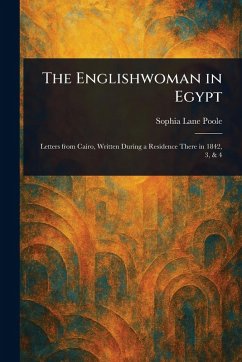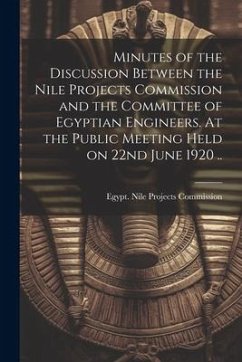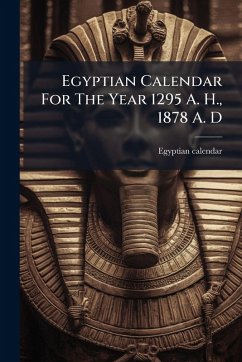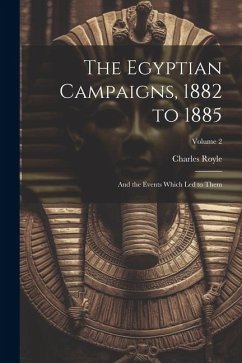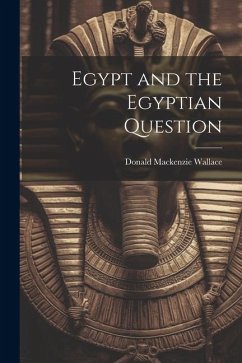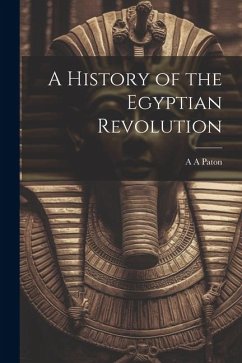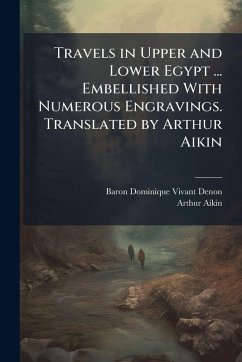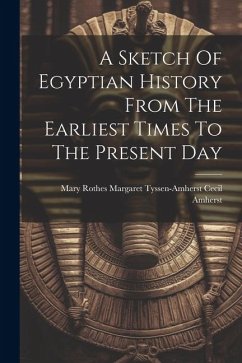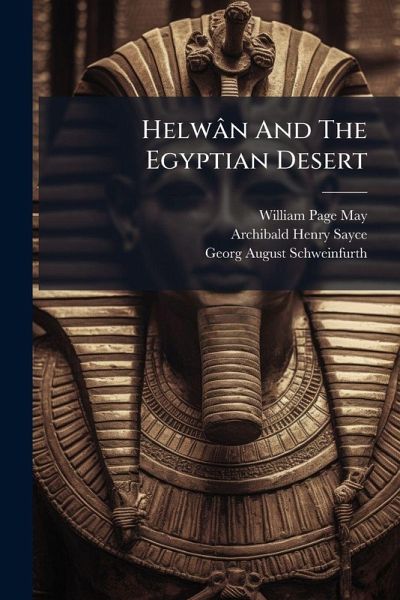
Helwân And The Egyptian Desert

PAYBACK Punkte
9 °P sammeln!
"Helwân And The Egyptian Desert" offers a fascinating glimpse into Egypt and its desert regions during the late 19th century. Penned by William Page May, Archibald Henry Sayce, and Georg August Schweinfurth, this collaborative work combines travel writing, historical observations, and archaeological insights. Readers are transported to Helwan and the surrounding desert, experiencing the landscape and culture through the eyes of these experienced travelers and scholars. The book provides detailed descriptions of the environment, local customs, and historical sites. It also includes observation...
"Helwân And The Egyptian Desert" offers a fascinating glimpse into Egypt and its desert regions during the late 19th century. Penned by William Page May, Archibald Henry Sayce, and Georg August Schweinfurth, this collaborative work combines travel writing, historical observations, and archaeological insights. Readers are transported to Helwan and the surrounding desert, experiencing the landscape and culture through the eyes of these experienced travelers and scholars. The book provides detailed descriptions of the environment, local customs, and historical sites. It also includes observations on the natural history of the region, making it a valuable resource for anyone interested in the history, culture, and natural environment of Egypt. With its blend of personal narrative and scholarly research, "Helwân And The Egyptian Desert" remains a compelling read for those curious about Egypt's rich past and the allure of its desert landscapes. This work has been selected by scholars as being culturally important, and is part of the knowledge base of civilization as we know it. This work was reproduced from the original artifact, and remains as true to the original work as possible. Therefore, you will see the original copyright references, library stamps (as most of these works have been housed in our most important libraries around the world), and other notations in the work. This work is in the public domain in the United States of America, and possibly other nations. Within the United States, you may freely copy and distribute this work, as no entity (individual or corporate) has a copyright on the body of the work. As a reproduction of a historical artifact, this work may contain missing or blurred pages, poor pictures, errant marks, etc. Scholars believe, and we concur, that this work is important enough to be preserved, reproduced, and made generally available to the public. We appreciate your support of the preservation process, and thank you for being an important part of keeping this knowledge alive and relevant.




